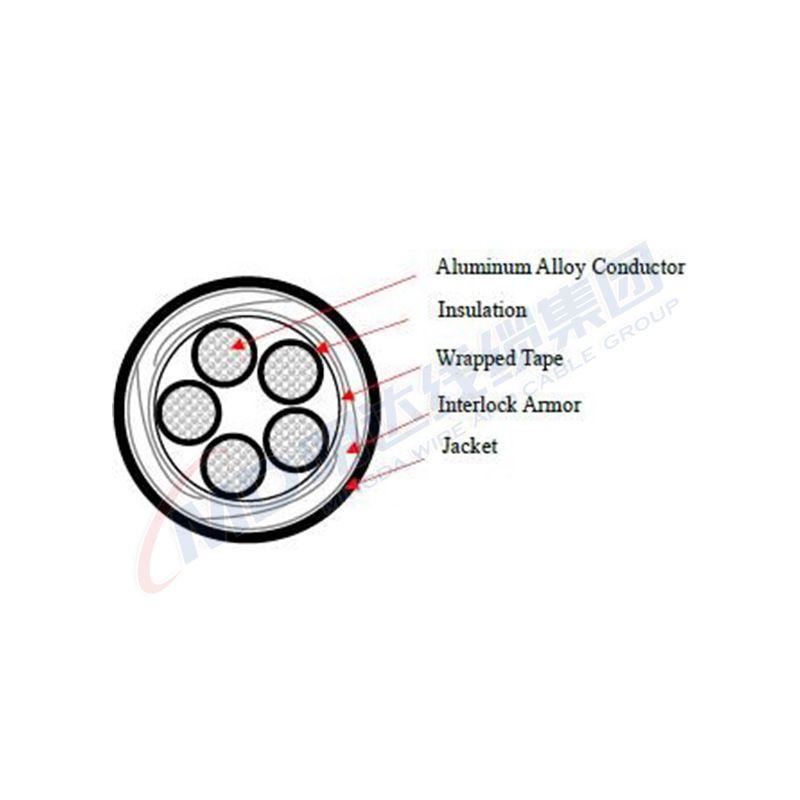Dec . 24, 2024 11:39 Back to list
multi-core cable wire
Understanding Multi-Core Cable Wires Types, Uses, and Advantages
In the world of electrical engineering and telecommunications, the choice of wiring is of paramount importance. Among the various types of cables available, multi-core cable wires have gained significant popularity due to their versatility and efficiency. This article will delve into the definition, types, applications, and advantages of multi-core cable wires, providing a comprehensive overview of their significance in modern technology.
What is a Multi-Core Cable Wire?
A multi-core cable wire consists of multiple conducting wires, or cores, bundled together within a single outer sheath. Each core can transmit signals independently, allowing for a more compact and efficient design compared to singular core cables. These wires may be insulated individually or collectively, depending on the application and desired safety protocols.
Types of Multi-Core Cables
1. Shielded vs. Unshielded Cables Shielded multi-core cables are protected by a layer that prevents interference from external electromagnetic signals. This is essential in environments where signal integrity is crucial, such as in data centers or industrial settings. Unshielded cables, while simpler and potentially less expensive, may be used in environments with a low risk of interference.
2. Twisted Pair Cables A common type of multi-core cable, twisted pair cables consist of pairs of wires twisted together to reduce electromagnetic interference. They are frequently used in networking applications, such as Ethernet cables, ensuring reliable data transmission over short distances.
3. Coaxial Cables Coaxial multi-core cables feature a central conductor surrounded by insulation, a metallic shield, and an outer insulating coating. Coaxial cables are prevalent in broadband applications, such as television signals and internet connections, due to their ability to carry high-frequency signals with minimal loss.
4. Multi-Core Data Cables These cables are specifically designed for the transmission of data and may contain multiple pairs of wires within a single sheath. They are widely used in telecommunications and networking, where multiple signals need to be sent concurrently without interference.
Applications of Multi-Core Cables
Multi-core cable wires are utilized in various sectors due to their flexibility and reliability
. Some of the key applications include- Telecommunications Multi-core cables are fundamental to modern communication systems, including telephone lines, internet infrastructure, and data centers, where they facilitate the transfer of vast amounts of information quickly and efficiently.
multi-core cable wire

- Industrial Machinery In manufacturing and industrial settings, multi-core cables are used to connect machines and systems, ensuring precise control and communication between various components.
- Audio/Visual Equipment These cables are essential in professional audio and video systems, where multiple signals are transmitted simultaneously, improving sound and picture quality.
- Consumer Electronics Multi-core cables are found in everyday devices such as televisions, computers, and gaming consoles, where they help deliver power and data between components seamlessly.
Advantages of Multi-Core Cables
1. Space Efficiency By combining multiple cores into a single cable, multi-core wires minimize the amount of space required for wiring. This is particularly beneficial in cramped environments or where aesthetics are a concern.
2. Reduced Interference Many multi-core cables are designed to minimize electromagnetic interference, enhancing the clarity and reliability of signal transmission.
3. Cost-Effectiveness While the initial investment might be higher than using singular core cables, the savings in installation time, space, and potential maintenance make multi-core cables a financially sound choice in the long run.
4. Versatility The ability to transmit multiple signals simultaneously makes multi-core cables suitable for a wide range of applications, from data transfer to power delivery.
5. Improved Performance Their design characteristics lead to enhanced performance in terms of data speed and signal quality, making them essential in high-demand environments.
Conclusion
In conclusion, multi-core cable wires represent a pivotal advancement in the field of electrical and telecommunications engineering. Their diverse types and applications showcase their versatility, while their advantages of efficiency, reduced interference, and cost-effectiveness underscore their importance in modern technology. As industries continue to evolve, the reliance on multi-core cables will likely grow, making them an integral component of our interconnected world.
Share